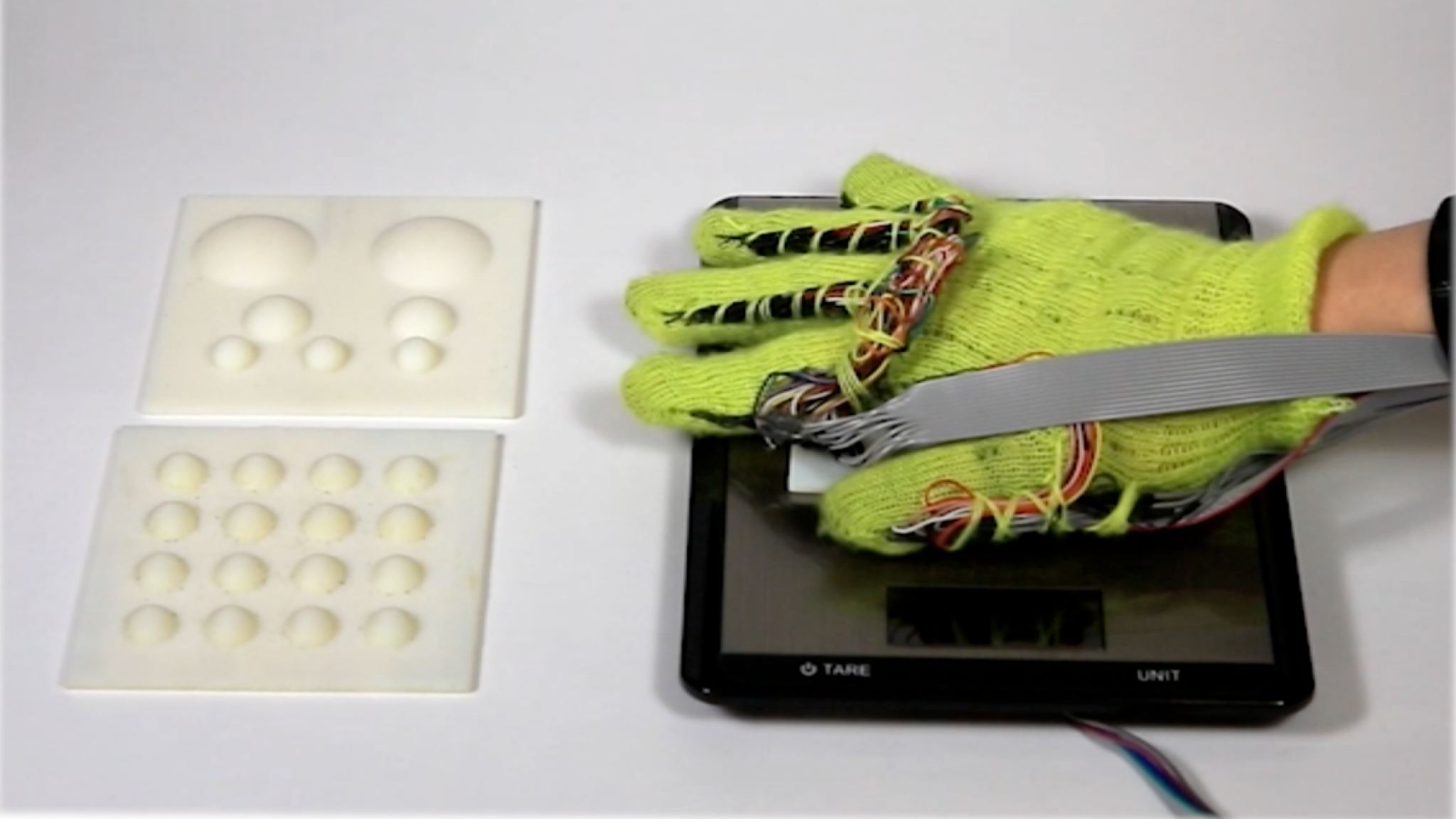Researchers Might Have Finally Cracked Smart Clothing
While smart clothes seem like a cool idea in theory, in reality we’ve mostly been stuck with useless overpriced smart pajamas from Tom Brady, smart running shoes, and other dubious fitness recovery paraphernalia. The reason? Incorporating electronics into clothing in a natural way is a tall order. Researchers from MIT CSAIL, however, say they’ve developed “tactile electronics” that feel like normal clothes but can also detect movement.
The researchers have created a special type of fiber that can tell how a person is moving by sensing pressure and turning that pressure into electrical signals. These textiles are machine-knitted, and the smart fibers are interspersed with regular clothing fibers so what you end up with is a soft, stretchable fabric that can be molded into various shapes. And because of the way the fabric is created, the smart fibers can be easily incorporated into mass-produced clothing.
Using that fabric, the researchers then created several prototypes of socks, vests, gloves, and even a robot sleeve. Because the smart fibers are pressure-sensitive, they can be used to map different types of motions. In a video, the researchers demonstrate that the “smart socks” can determine if a person is squatting, lunging, walking, or walking down a flight of stairs. Meanwhile, the vest can detect whether a person is resting a hand on their chest or leaning into a couch.
The neat thing about this is there are some useful applications, particularly for athletes or folks going through physical therapy. For instance, if you’re working out, your smart socks could tell you if you’re allocating your weight properly for a particular exercise. Or if you’re a slouchy person, your vest or shirt could analyze your posture and give you suggestions on how to improve. (This beats sticking on a detachable sensor that falls off once the adhesive gets gross.) A more, shall we say, dystopian use might be to give robots “skin” so they can feel things the way we do.
G/O Media may get a commission
“Imagine robots that are no longer tactilely blind, and that have ‘skins’ that can provide tactile sensing just like we have as humans,” wrote Wan Shou, a post-doc at CSAIL and a corresponding author on the researchers’ paper published in Nature Electronics. “Clothing with high-resolution tactile sensing opens up a lot of exciting new application areas for researchers to explore in the years to come.”
Of course, research is just research, and in order for this to ever reach consumers, clothing companies have to get on board. Even so, this is one of the more exciting developments when it comes to making smart fabric that people might actually wear that we’ve seen in a while.

